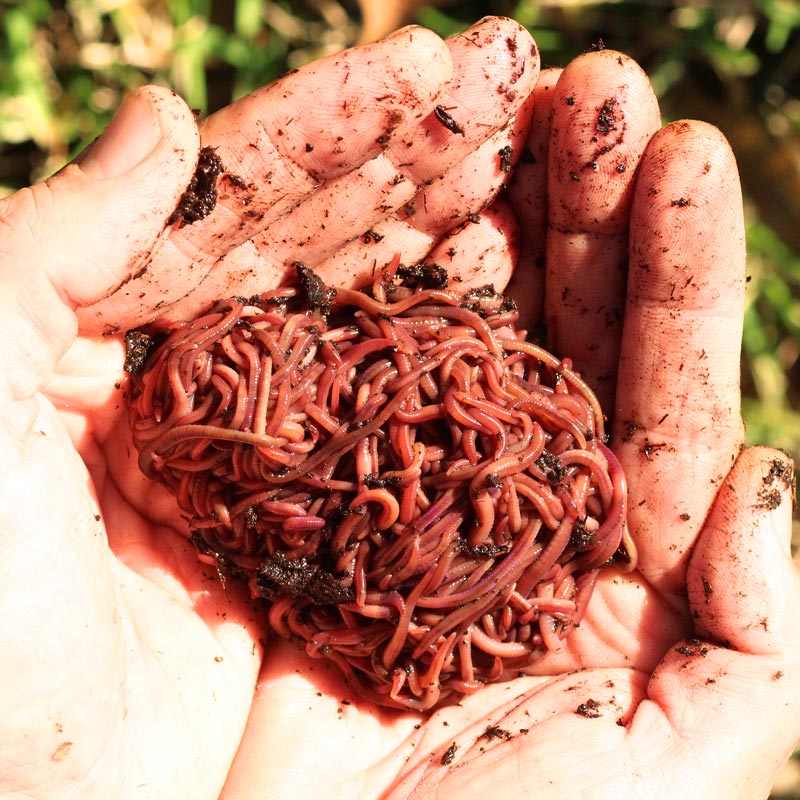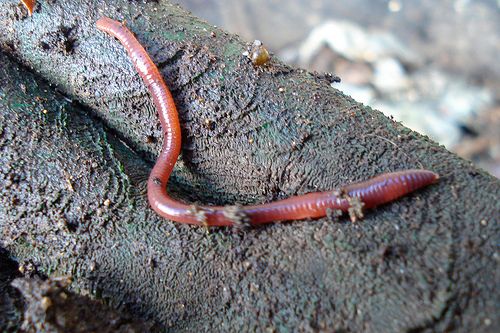Red Wiggler Worms - Natural Option for Environment-friendly Composting
Red Wiggler Worms - Natural Option for Environment-friendly Composting
Blog Article
Discover the Ultimate Overview to Red Wiggler Worms: Just How to Look after, Type, and Harvest These Beneficial Animals
Worldwide of sustainable horticulture and composting, red wiggler worms are considered indispensable allies as a result of their ability to break down raw material successfully and generate nutrient-rich spreadings. Understanding the intricacies of caring for these magnificent yet tiny creatures, understanding the art of reproducing them, and finding out the ideal ways to gather their castings can significantly improve the health and wellness of your soil and plants. As we start this trip to check out the supreme overview to red wiggler worms, we will reveal functional pointers, expert insights, and ingenious techniques that will not just benefit your garden yet additionally deepen your appreciation for these helpful soil-dwellers.
Setting Up Your Red Wiggler Habitat
When preparing to establish your red wiggler habitat, focus to detail and correct planning are essential. Developing an appropriate environment for your red wigglers is essential for their well-being and reproduction. Begin by picking a roomy and opaque container to house your worms, guaranteeing it has correct air flow to preserve airflow. Pierce tiny holes in the lid and sides to avoid wetness accumulation and enable oxygen circulation.
Next, line all-time low of the container with a layer of moistened bedding materials such as shredded paper, cardboard, or coconut coir. This bed linen offers a comfortable area for the worms to delve and aids keep dampness levels within the environment. Present your red wigglers to their new home by delicately placing them in addition to the bed linen.
To develop an appropriate living atmosphere, include food scraps such as vegetables and fruit peels, coffee premises, and eggshells regularly. Avoid acidic or spicy foods, dairy, meat, and oils, as these can hurt your worms. Cover the food scraps with added bed linens to stop fruit flies and odors. By adhering to these steps, you can ensure a successful habitat for your red wiggler worms.
Important Care Tips for Red Wigglers
To make sure the wellness and longevity of your red wiggler worms, it is crucial to implement vital care tips that complement the meticulous setup of their habitat. Preserve correct moisture levels in the worm container by routinely checking and adjusting the bed linens.

The Art of Red Wiggler Reproduction
Exactly how can red wiggler breeders maximize the recreation process to maintain a healthy and balanced and flourishing worm population? The art of red wiggler reproducing entails producing suitable problems for these composting animals to duplicate successfully. To improve breeding success, breeders should make sure that the worm bin environment continues to be wet, oxygenated, and rich in organic matter. Preserving a well balanced bed linens material, such as a blend of shredded paper and food scraps, provides the required nutrients for the worms to reproduce and grow.
To motivate breeding and egg-laying, it is necessary to monitor the temperature within the worm bin. Red wigglers click for info like temperatures between 55-77 ° F(13-25 ° C )for ideal breeding problems. Red Wiggler Worms. In addition, staying clear of severe temperature variations and giving a undisturbed and dark setting can boost the worms' reproductive tasks

Harvesting and Utilizing Worm Spreadings
Enhancing the reproduction procedure and keeping a healthy and balanced worm populace through effective reproduction establishes the stage for red wiggler breeders to take advantage of the beneficial source of worm castings. Gathering worm castings, also recognized as vermicompost, is an essential action in the red wiggler worm farming procedure. These nutrient-rich castings are a powerful organic plant food that can enhance soil quality, improve plant growth, and boost plant returns.
To harvest worm spreadings, you can utilize numerous techniques. One typical approach is to develop different feeding areas in the worm bin, enticing the worms to migrate to new bedding by focusing food in one location. After the worms have relocated, the spreadings can be gathered from the left section. Another technique entails spreading out the contents of the bin in a slim layer under intense light; worms will delve much deeper into the pile, permitting the simple elimination of the castings from the my sources top.
Making use of these worm spreadings Discover More in your yard or farming endeavors can dramatically benefit plant wellness and dirt fertility, making the initiative of collecting them a rewarding facet of red wiggler worm farming.
Troubleshooting Common Red Wiggler Issues
When assessing red wiggler worm ranches, dog breeders may experience usual problems that call for troubleshooting to keep the wellness and productivity of their worm population. One prevalent issue is overfeeding, which can lead to a build-up of uneaten food and excess wetness in the worm container. This can cause foul smells, drawing in pests, and potentially damaging the worms. To correct this, lower the feeding amount and frequency till the worms overtake the offered food.
An additional concern breeders may deal with is the presence of mites in their worm bins (Red Wiggler Worms). While some mites are safe, an overpopulation can show a discrepancy in the bin's setting. To address this, change the wetness levels by including extra bed linens materials like shredded newspaper or cardboard to create a drier environment that is much less desirable for mites
Last but not least, if worms are trying to run away the container, it can signify undesirable problems such as acidity or high temperatures. Check the pH levels of the bed linen and guarantee appropriate ventilation to control temperature level and wetness degrees within the worm ranch.
Final Thought
In final thought, red wiggler worms are valuable creatures that can profit your garden or compost container. By giving them with a suitable environment, correct care, and recognizing their reproduction routines, you can maximize their capacity. Harvesting their nutrient-rich spreadings can enhance dirt fertility and plant growth. Be alert to usual problems that might develop and address them promptly to make certain the health and wellness and performance of your red wiggler population.
Maintain the worm bin in a suitable location away from direct sunlight and severe temperatures to offer a comfy living atmosphere for your red wigglers.
Optimizing the recreation process and maintaining a healthy worm population via effective breeding establishes the phase for red wiggler breeders to leverage the beneficial resource of worm spreadings. Gathering worm spreadings, additionally understood as vermicompost, is a crucial action in the red wiggler worm farming process. One typical technique is to create separate feeding areas in the worm container, luring the worms to move to new bedding by concentrating food in one location.When examining red wiggler worm farms, dog breeders might encounter typical issues that require troubleshooting to maintain the health and wellness and efficiency of their worm population.
Report this page